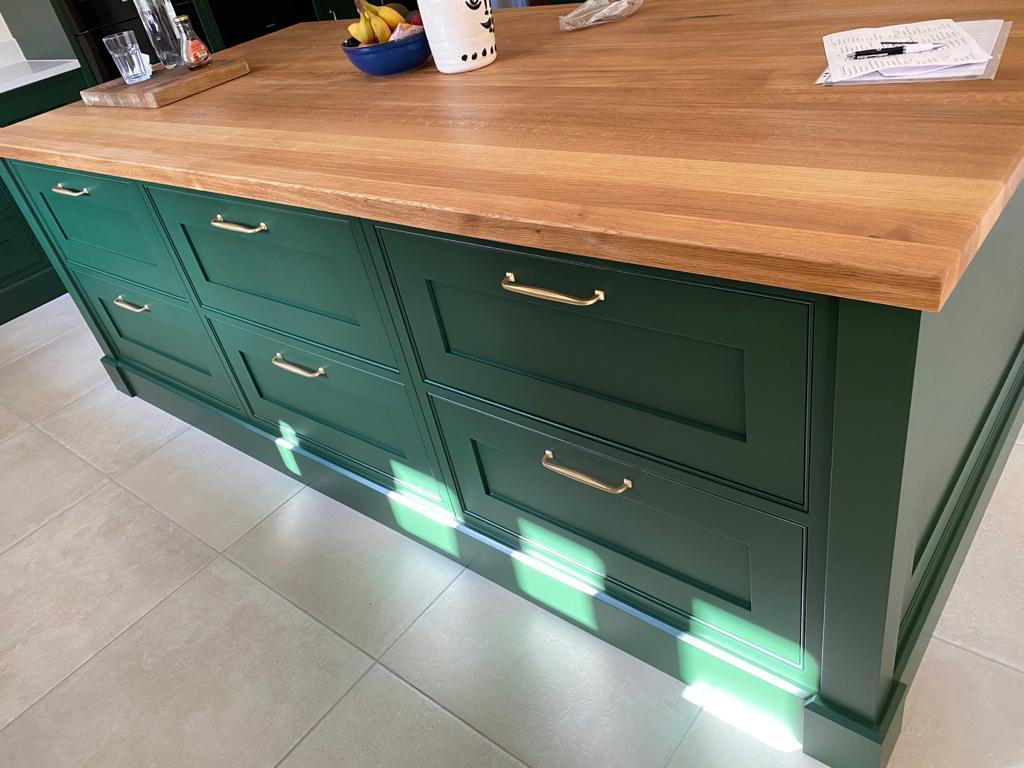custard
Established Member
Hello Steve, going back to the point about furniture strength, I'm frequently surprised at just how strong even quite spindly looking pieces can be, just think about chairs carrying hefty blokes for year after year.
This is a Shaker piece that I make fairly regularly,

When I first made it I joked to prospective clients that it was not suitable for households "with small boys or big dogs". To be honest I was sceptical the legs would survive first contact with a vacuum cleaner. But I must have sold fifteen or twenty of them by now, and this first mock up has been in my house for about five years. Touch wood I haven't had any breakages so far!
This is a Shaker piece that I make fairly regularly,

When I first made it I joked to prospective clients that it was not suitable for households "with small boys or big dogs". To be honest I was sceptical the legs would survive first contact with a vacuum cleaner. But I must have sold fifteen or twenty of them by now, and this first mock up has been in my house for about five years. Touch wood I haven't had any breakages so far!




































































